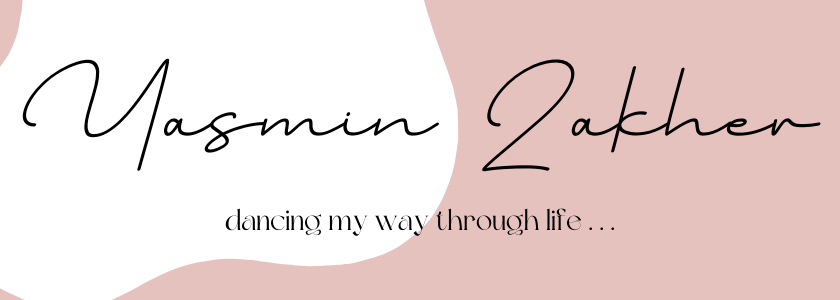We can spend hours captivated by dancers with impressive skill and awe-inspiring footage. Yet, one thing even the most talented dancers have in common with their less polished peers is this: they often hate watching themselves on video. In some cases, the discomfort is so intense that some dancers avoid video recordings altogether, missing out on a valuable tool for constructive feedback.
So, why is video footage so daunting? After all, dancers spend plenty of time observing their own movements in mirrors. But while mirrors offer a sense of alignment and posture in real time, they can’t capture every nuance of movement from every angle. And there may be a psychological factor at play, too—one that makes us much harsher critics of our own dancing than we are of others.
Many dancers, myself included, have experienced this cringe reaction when watching themselves on camera. Yet, over time, we often come to accept—maybe even feel proud of—the same footage. We become far gentler critics once the initial “shock” of seeing how we truly look versus how we imagined ourselves fades away. Perhaps it’s the rational part of our judgmental minds calming that initial emotional reaction. Interestingly, dancers are typically much less critical when reviewing videos of others. This begs the question: do we approach our videos objectively, spotting areas for improvement as they come up, or are we unconsciously searching for flaws from the outset?
I once came across an Instagram reel featuring a dancer whose fluid, expressive movements I admired. As an experiment, I imagined that it was me on screen performing the same routine. This shifted my perspective: rather than seeing mere magnificence, I saw the natural quality of human movement—imperfect in subtle ways that only our insecurities can highlight. The performance was still fluid, still showcased skill, yet I could also sense moments of nervousness, perhaps even insecurity, where confidence usually prevailed. Could it be that our memories of how we felt during a performance—the nerves, the moments of doubt—affect our ability to view ourselves objectively? We remember our own emotions and struggles in the moment, but we don’t have the same insight into someone else’s experience on stage.
This discomfort isn’t limited to dance; it’s common for people to cringe at recordings of their own voices. Personally, I find it hard to listen to my recorded voice without flinching, and I know many others feel the same way. Research suggests this reaction stems from physiological factors—our brains distort the sound of our voices as we speak, but recorded audio is an external perception, which sounds different and feels unfamiliar. However, the aversion to our own voices is also psychological: our voice is an intimate part of our identity, so any perceived flaws seem more jarring. This psychological element may be a factor in how we judge video recordings of ourselves dancing, and even how we critique photos of ourselves compared to how we look in the mirror. Videos and still images seem to emphasize every tiny imperfection in our judgmental perspective, while mirrors reflect the dynamic, present version of ourselves, free from the distortions of memory.
For dancers who struggle with watching themselves on video, I suggest this little experiment. First, watch videos of dancers you admire or whose styles you aspire to incorporate into your own dancing. Now imagine that the dancer on screen is you. Notice that while their skill level is impressive, they may seem more human and the talent attainable rather than otherworldly. You might start to recognize moments of insecurities as you would when the performer is, in fact, you. This simple exercise could bring about the positive shift in mindset you need to push your performance to new boundaries and perhaps start to see the improvement you’ve been seeking.
